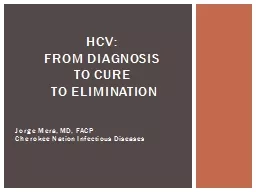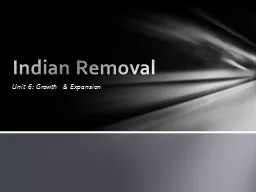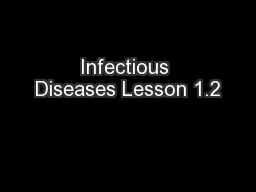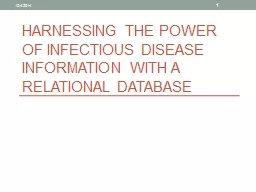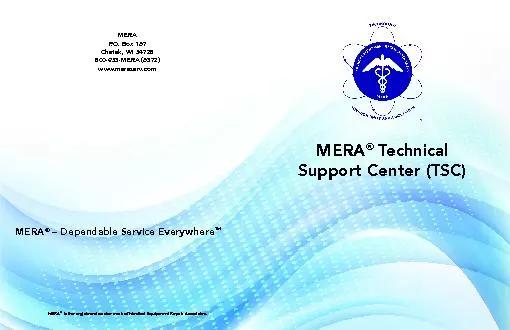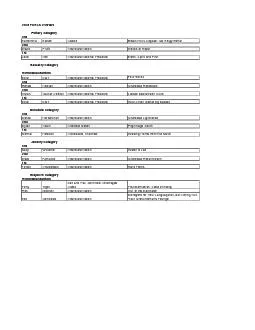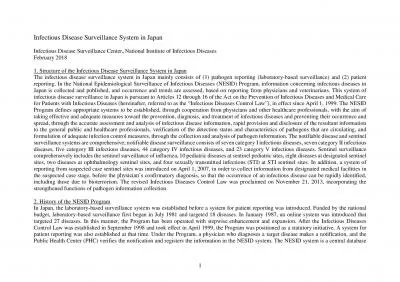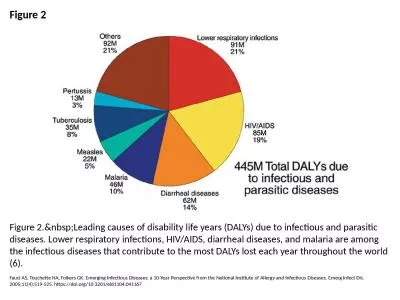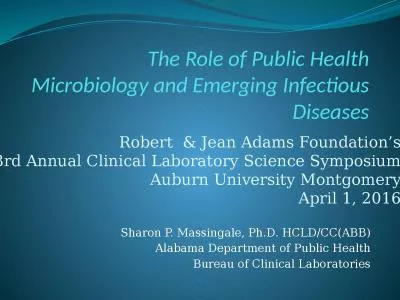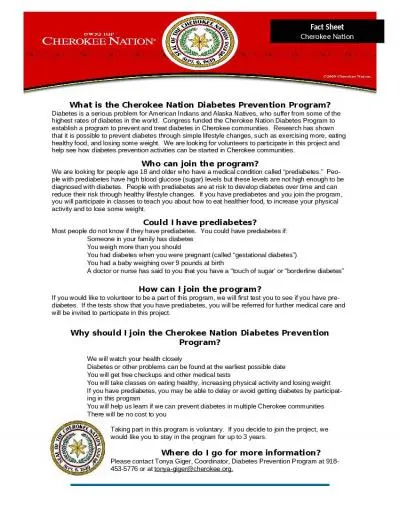PPT-Jorge Mera, MD, FACP Cherokee Nation Infectious Diseases
Author : jane-oiler | Published Date : 2018-12-06
HCV From Diagnosis to Cure to Elimination HCV 101 What you really need to know Workflow Diagnosis LabImaging workup Fibrosis Staging Critical Information that
Presentation Embed Code
Download Presentation
Download Presentation The PPT/PDF document "Jorge Mera, MD, FACP Cherokee Nation Inf..." is the property of its rightful owner. Permission is granted to download and print the materials on this website for personal, non-commercial use only, and to display it on your personal computer provided you do not modify the materials and that you retain all copyright notices contained in the materials. By downloading content from our website, you accept the terms of this agreement.
Jorge Mera, MD, FACP Cherokee Nation Infectious Diseases: Transcript
Download Rules Of Document
"Jorge Mera, MD, FACP Cherokee Nation Infectious Diseases"The content belongs to its owner. You may download and print it for personal use, without modification, and keep all copyright notices. By downloading, you agree to these terms.
Related Documents

